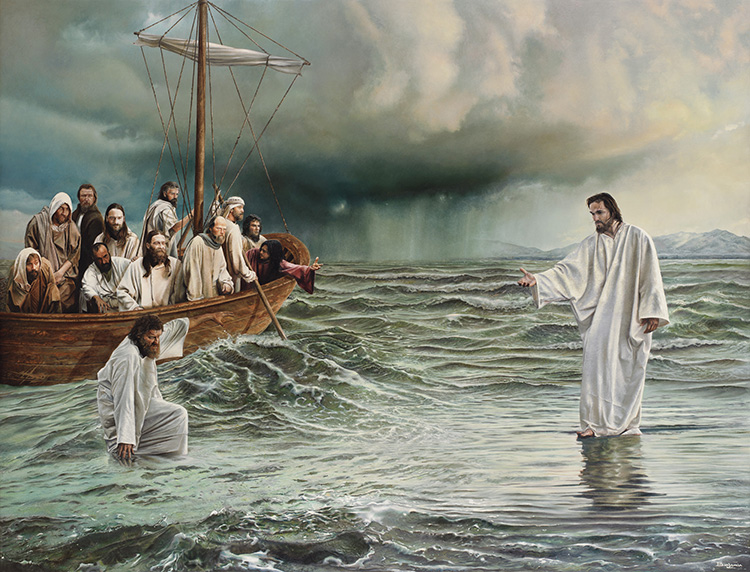Page 432
who so readily compromise between interest and conscience, there are some fearless scholars, who may bring out to light incontrovertible facts. Some twenty years since, Max Muller, in a letter to the Editor of the London Times, April, 1857, maintained most vehemently that Nirvana meant annihilation, in the fullest sense of the word. (See Chips, etc., vol. i., p. 287, on the meaning of Nirvana.) But in 1869, in a lecture before the general meeting of the Association of German Philologists at Kiel, “he distinctly declares his belief that the nihilism attributed to Buddha’s teaching forms no part of his doctrine, and that it is wholly wrong to suppose that Nirvana means annihilation.” (Trubner’s American and Oriental Literary Record, Oct. 16, 1869; also Inman’s Ancient Faiths and Modern, p. 128.) Yet if we mistake not, Professor Muller was as much of an authority in 1857 as in 1869.
“It will be difficult to settle,” says (now) this great scholar, “whether the Vedas is the oldest of books, and whether some of the portions of the Old Testament may not be traced back to the same or even an earlier date than the oldest hymns of the Veda.” But his retraction about the Nirvana allows us a hope that he may yet change his opinion on the question of Genesis likewise, so that the public may have simultaneously the benefit of truth, and the sanction of one of Europe’s greatest authorities.
It is well known how little the Orientalists have come to anything like an agreement about the age of Zoroaster, and until this question is settled, it would be safer perhaps to trust implicitly in the Brahmanical calculations by the Zodiac, than to the opinions of scientists. Leaving the profane horde of unrecognized scholars, those we mean who yet wait their turn to be chosen for public worship as idols symbolical of scientific leadership, where can we find, among the sanctioned authorities of the day, two that agree as to this age? There’s Bunsen, who places Zoroaster at Baktra, and the emigration of Baktrians to the Indus at 3784 B.C., and the birth of Moses at 1392. Now it is rather difficult to place Zoroaster anterior to the Vedas, considering that the whole of his doctrine is that of the earlier Vedas. True, he remained in Afghanistan for a period more or less problematical before crossing into the Punjab; but the Vedas were begun in the latter country. They indicate the progress of the Hindus, as the Avesta that of the Iranians. And there is Haug who assigns to the Aitareya Brahmanam — a Brahmanical speculation and commentary upon the Rig-Veda of a far
Page 433
later date than the Veda itself — between 1400 and 1200 B.C., while the Vedas are placed by him between 2,000 and 2,400 years B.C. Max Muller cautiously suggests certain difficulties in this chronological computation, but still does not altogether deny it.Let it, however, be as it may, and supposing that the Pentateuch was written by Moses himself — notwithstanding that he would thereby be made to twice record his own death — still, if Moses was born, as Bunsen finds, in 1392 B.C., the Pentateuch could not have been written before the Vedas. Especially if Zoroaster was born 3784 B.C. If, as Dr. Haug tells us, some of the hymns of the Rig-Veda were written before Zoroaster accomplished his schism, something like thirty-seven centuries B.C., and Max Muller says himself that “the Zoroastrians and their ancestors started from India during the Vaidic period,” how can some of the portions of the Old Testament be traced back to the same or even “an earlier date than the oldest hymns of the Veda“?
It has generally been agreed among Orientalists that the Aryans, 3,000 years B.C., were still in the steppes east of the Caspian, and united. Rawlinson conjectures that they “flowed east” from Armenia as a common centre; while two kindred streams began to flow, one northward over the Caucasus, and the other westward over Asia Minor and Europe. He finds the Aryans, at a period anterior to the fifteenth century before our era, “settled in the territory watered by the Upper Indus.” Thence Vedic Aryans migrated to the Punjab, and Zendic Aryans westward, establishing the historical countries. But this, like the rest, is a hypothesis, and only given as such.

Moe is the founder of GnosticWarrior.com. He is a father, husband, author, martial arts black belt, and an expert in Gnosticism, the occult, and esotericism.


![How the South Saxons received Eadbert and Eolla, and the West Saxons, Daniel and Aldhelm, for their bishops; and of the writings of the same Aldhelm [705 A.D.] | Book 5 | Chapter 17 How the South Saxons received Eadbert and Eolla, and the West Saxons, Daniel and Aldhelm, for their bishops; and of the writings of the same Aldhelm [705 A.D.] | Book 5 | Chapter 17](https://www.gnosticwarrior.com/wp-content/plugins/contextual-related-posts/default.png)


It really is disturbing that you invest all this time in ancient mysteries and “cracking the code” but you can not see what is right in front of you. The “Gnostics” have been in control of this planet for a very long time. What great freedoms have free masonry won you? What paradise has your “hidden hand” crafted? It is written that a good tree can not bear evil fruit nor a corrupt tree bear good fruit. What is the fruit of this world? War, hunger, poverty and genocide-these are the fruits of the “enlightened.” Your words are sweet but they turn bitter when consumed.